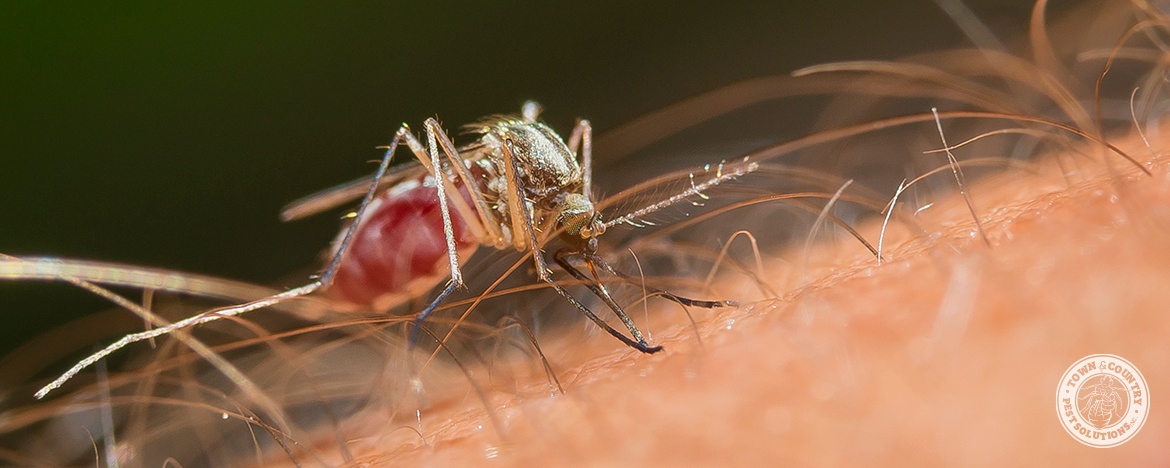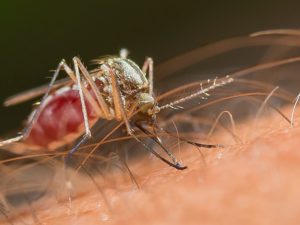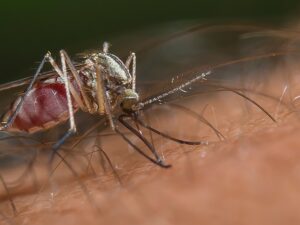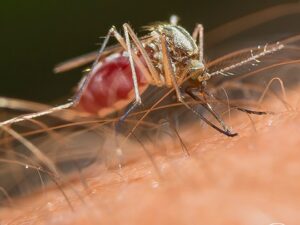
Some mosquito species that are capable of carrying and transmitting diseases to humans dwell primarily in rural areas where vegetation and swampland are ubiquitous, and where residents of upstate New York are unlikely to sustain bites from the insects. However, other disease-carrying mosquito species dwell primarily in urban habitats where artificial breeding sites and blood sources are easy to come by. Aedes albopictus is one of these mosquito species, and they originate from tropical areas of southeastern Asia, but their ability to tolerate a variety of environmental conditions has allowed them to establish an invasive population within urban areas of the eastern and southwestern United States. This species depends primarily on standing water sources in urban and suburban regions for their ability to breed and thrive, but some neighborhoods in upstate New York see greater concentrations of these dangerous mosquitoes than others.
Aedes albopictus is commonly known as the Asian tiger mosquito, and the species was first discovered in the United States back in 1983 near Memphis, TN, and has since migrated to the northeast and throughout the southern states to California. The northeast sees the highest number of Asian tiger mosquitoes, but they may be scarce during some seasons in the northernmost portions of New York, Vermont and New Hampshire, and these mosquitoes are not prevalent in Maine. Asian tiger mosquitoes spread the yellow fever virus, chikungunya, dengue fever, West Nile virus, and evidence suggests that they may be capable of carrying and transmitting the Zika virus and eastern equine encephalitis to humans. These mosquitoes breed in stagnant water that has collected within manmade containers in residential and urban areas, and since the Asian tiger mosquito has a relatively short flight range of only 200 meters, their numbers are most concentrated in the human-populated areas where they congregate for breeding purposes.
Like most mosquitoes, Asian tiger mosquitoes thrive in humid, warm, and wet conditions where they can rely on large amounts of shade for cooling down, so they tend to be particularly prevalent in parks, around houses, and anywhere where trees and structures provide shade. A recent study found that Asian tiger mosquitoes are most abundant in mid to high socioeconomic-status neighborhoods during dry spells. This is because the relative abundance of lawn-sprinklers and landscaping irrigation systems in high income neighborhoods provide mosquitoes with their only breeding sites during droughts. When rainfall rates are normal, Asian tiger mosquitoes remain densely concentrated in impoverished and low income areas where abandoned buildings, overgrown vegetation, and copious amounts of litter and garbage have collected. The trash and vegetation provide Asian tiger mosquitoes with the copious amount of breeding sites that they need to continue propagating in massive numbers. Removing trash from these areas, and reducing urban and suburban irrigation would significantly reduce disease-carrying Asian tiger mosquito populations within human environments.
Have you sustained many mosquito bites this year?












